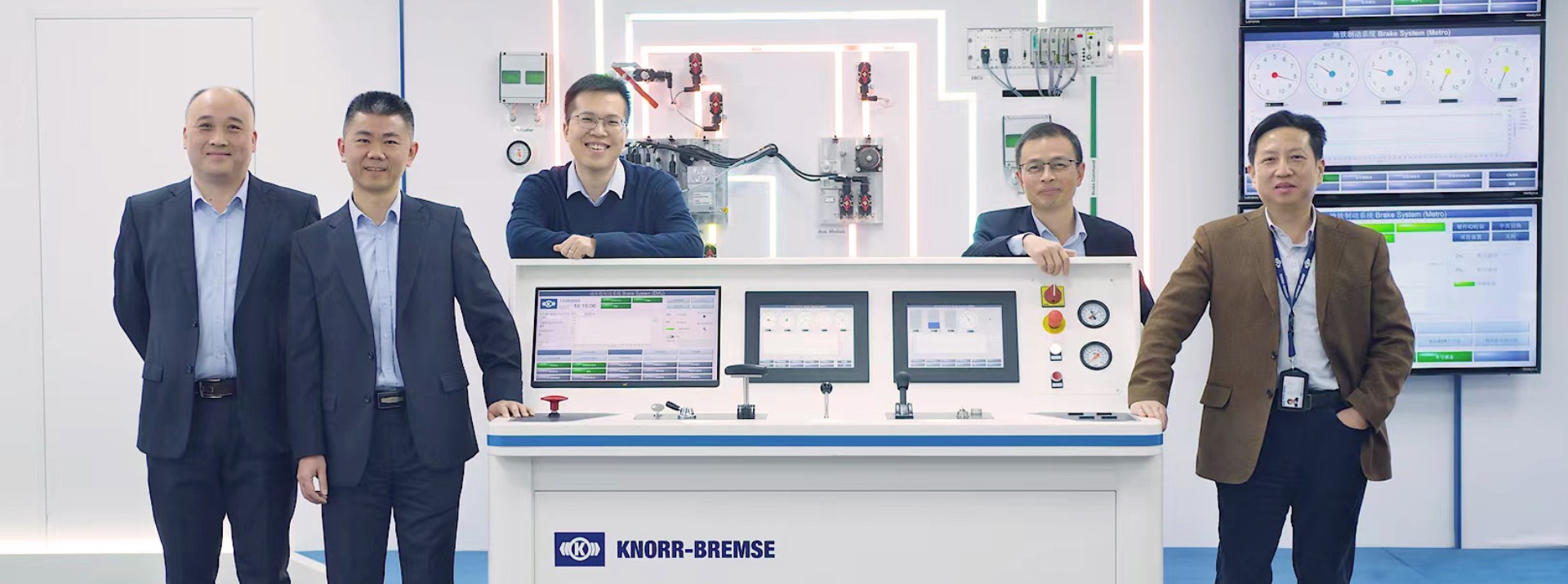
For travelers speeding across China’s fascinating landscapes by high-speed train, or beneath the country’s bustling major cities on smoothly efficient metro lines, it is clear that over the last three decades, China’s rail network has undergone a revolutionary transformation. The country is one of Knorr-Bremse’s most important markets. In the face of growing competition, the company is investing in new products, state-of-the-art customer service and high-tech facilities such as the new Training Lab in Suzhou. The center is a pioneering showroom of new train technologies – enabling customers to benefit from on-the-spot product presentations and simulations. How this all works is explained by Frank Qian, who heads the main Rail facility in Suzhou.
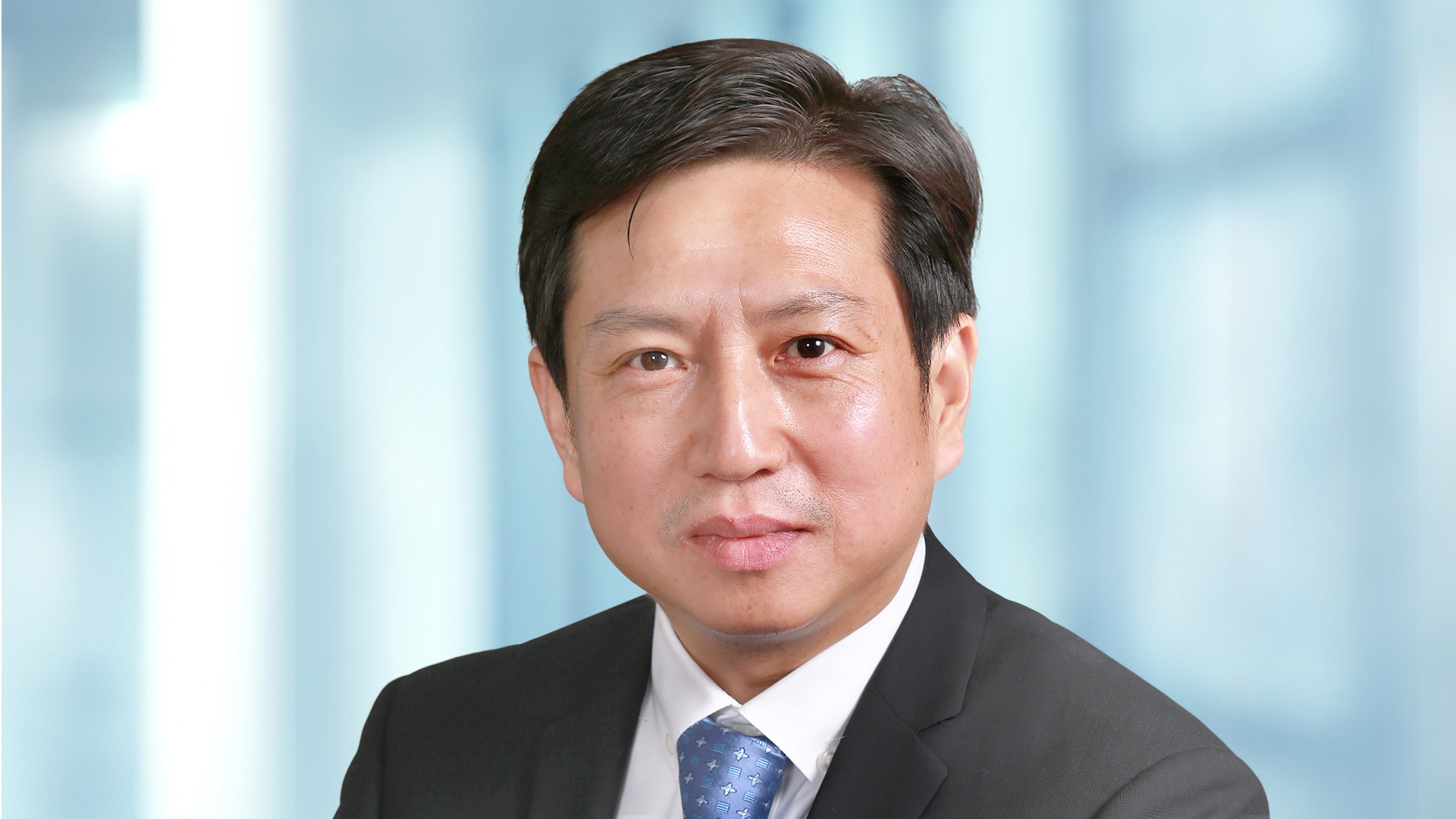
Mr. Qian, what role does the Rail facility in Suzhou play in the Knorr-Bremse Group?
Frank Qian: Since it was founded in 2005, Suzhou has grown to become one of the most important production, development and test centers in the Group. We manufacture braking systems for the national and international markets. Thanks to our large test center in particular, we can satisfy the region’s most demanding localization requirements. And we’re also very proud of our R&D Center – as one of the Rail division’s main development facilities, we take on a sizeable proportion of the company’s international innovation projects, especially in the Asia-Pacific region. If a new braking system is introduced, Suzhou has the expertise needed to manage projects for producing customized solutions. One example is the development of our intelligent maintenance and operation system (iMOS), which is tailored to the Chinese market.
How did the idea of setting up your own Training Lab gain traction?
We were looking for an opportunity to introduce our Chinese and Asian customers to the constellation of technologies we now offer in China and other Asia-Pacific markets. A test and training center in Suzhou seemed like the obvious solution, because here in China, with our relatively recent history of modern rail services – which only really started to take off in the last 20 years – there’s a huge need for information. This also became clear in conversations with our customers. So we wanted to offer customers demonstrations and opportunities to test the latest technology releases and upgrades, and to check out product innovations such as our intelligent air supply unit AirSupply Smart for example – as well as RailServices offerings covering the entire train life cycle.
Presumably it’s also easier to organize training courses for local customers?
Customers benefit enormously. Previously, they usually had to go to Europe for multi-day training courses. Now the regional Training Lab in Suzhou offers them many advantages: More customers can be trained in less time. What’s more, Chinese participants can ask questions in their own language, which improves communication and understanding. For us, it’s yet another great opportunity to build customer loyalty and demonstrate how good we are at innovation – it gives us an edge in an increasingly competitive environment.
Who were you inspired by while designing the Training Lab?
The Training Lab in Suzhou is a brand-new development – there wasn’t anything comparable here. We gained valuable knowledge about how best to plan and implement our Training Lab on a visit to the Knorr-Bremse site and Deutsche Bahn training center in Berlin. Despite all today’s “virtual” options, we felt it was important to be able to offer training courses featuring actual products. This approach is paying off, improving participants’ attention levels and learning outcomes. Of course our Training Lab also offers distance learning options, which enable us to transfer knowledge directly from Suzhou to our customers – such as metro operators – so that train drivers can familiarize themselves with new braking system features, meaning they’re always able to take safe, anticipatory action while driving their trains.
Knorr-Bremse in Suzhou
Founded in 2005, Knorr-Bremse Systems for Rail Vehicles (Suzhou) Co. Ltd. is a major production facility for brake control systems, bogie equipment, air supply systems and hydraulics, serving China’s dynamic domestic and export markets. In 2016, following the expansion of the plant’s manufacturing facility, Knorr-Bremse built a state-of-the-art test center for rail vehicle systems. As a result, the company can now satisfy the regional market’s most demanding localization requirements. Here, new developments are put through their paces on a wide variety of test benches and setups, including a fully equipped inertia dynamometer test rig formerly only available at Knorr-Bremse’s head office in Munich.
At the Suzhou R&D Center, nearly 100 engineers carry out more than 90 percent of the customer-specific engineering assignments for Knorr-Bremse projects in the Chinese market. The engineers are responsible for all aspects of this work, including installation inspections, subproject management, series design, and the validation testing of air supply systems, bogie equipment, brake control systems and hydraulics. But the Suzhou R&D Center has also taken over a proportion of the Group’s international innovation projects. The Training Lab reflects Knorr-Bremse’s ongoing prioritization of direct, local support for customers in the Chinese marketplace.
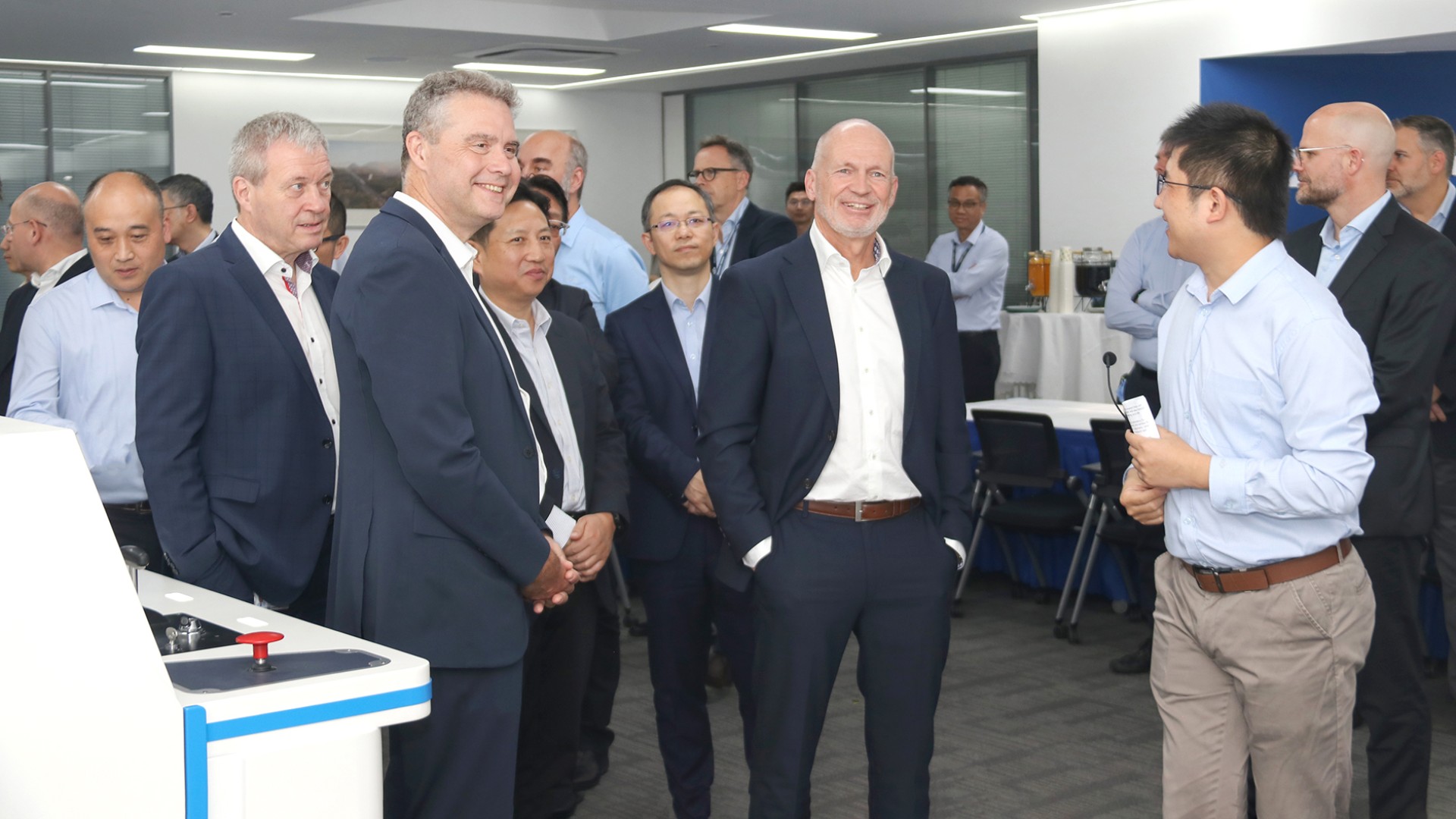
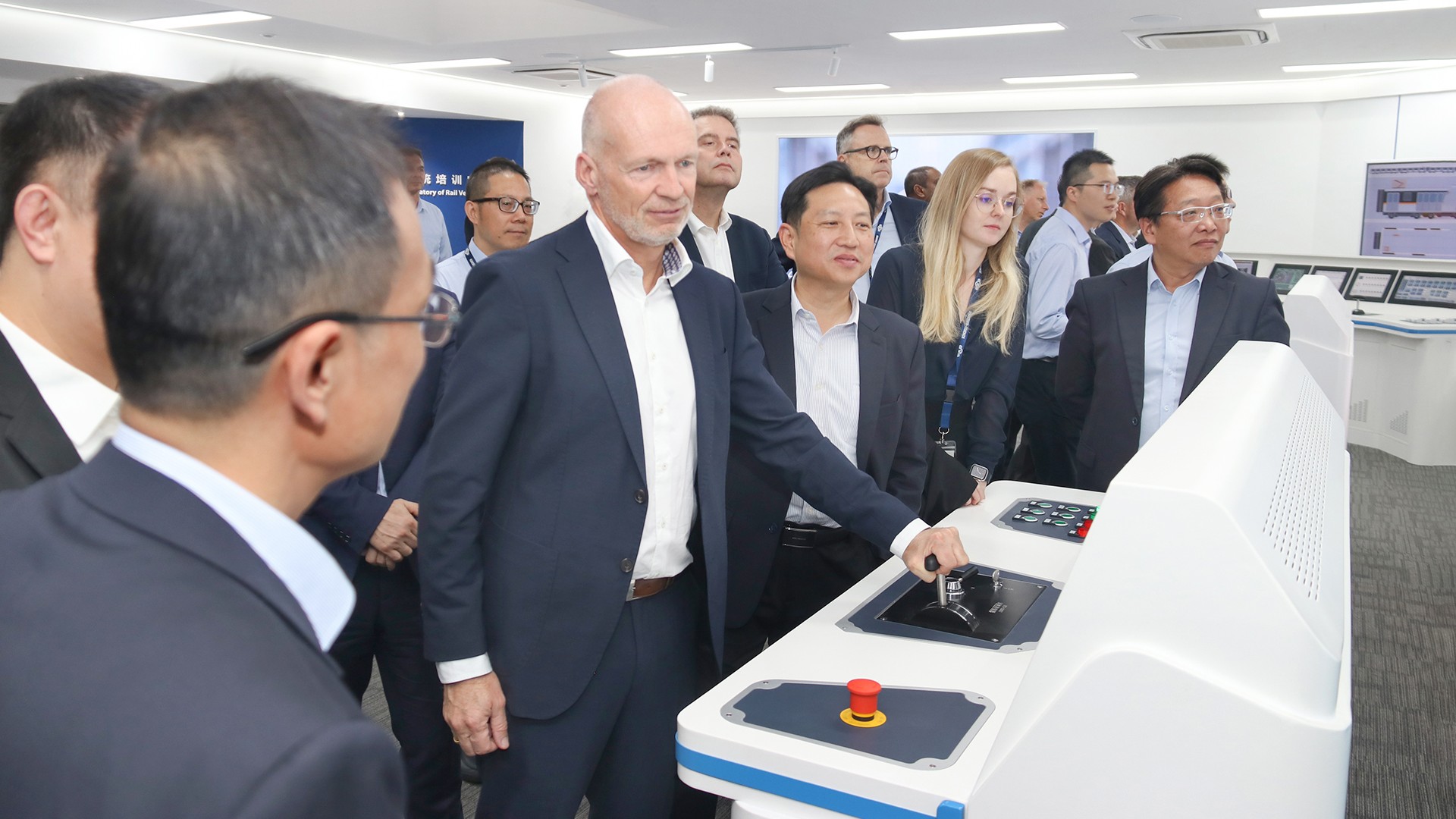
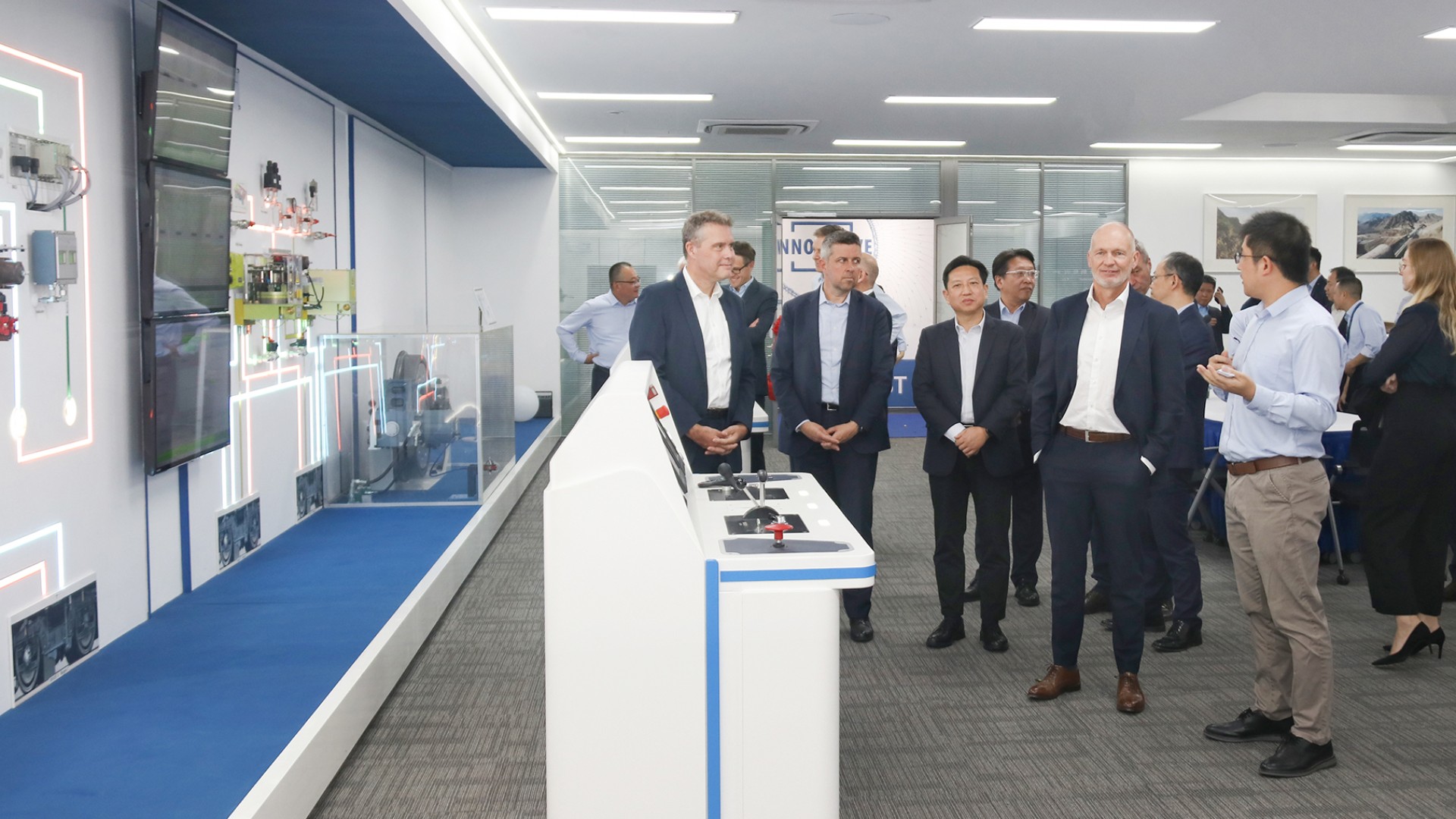
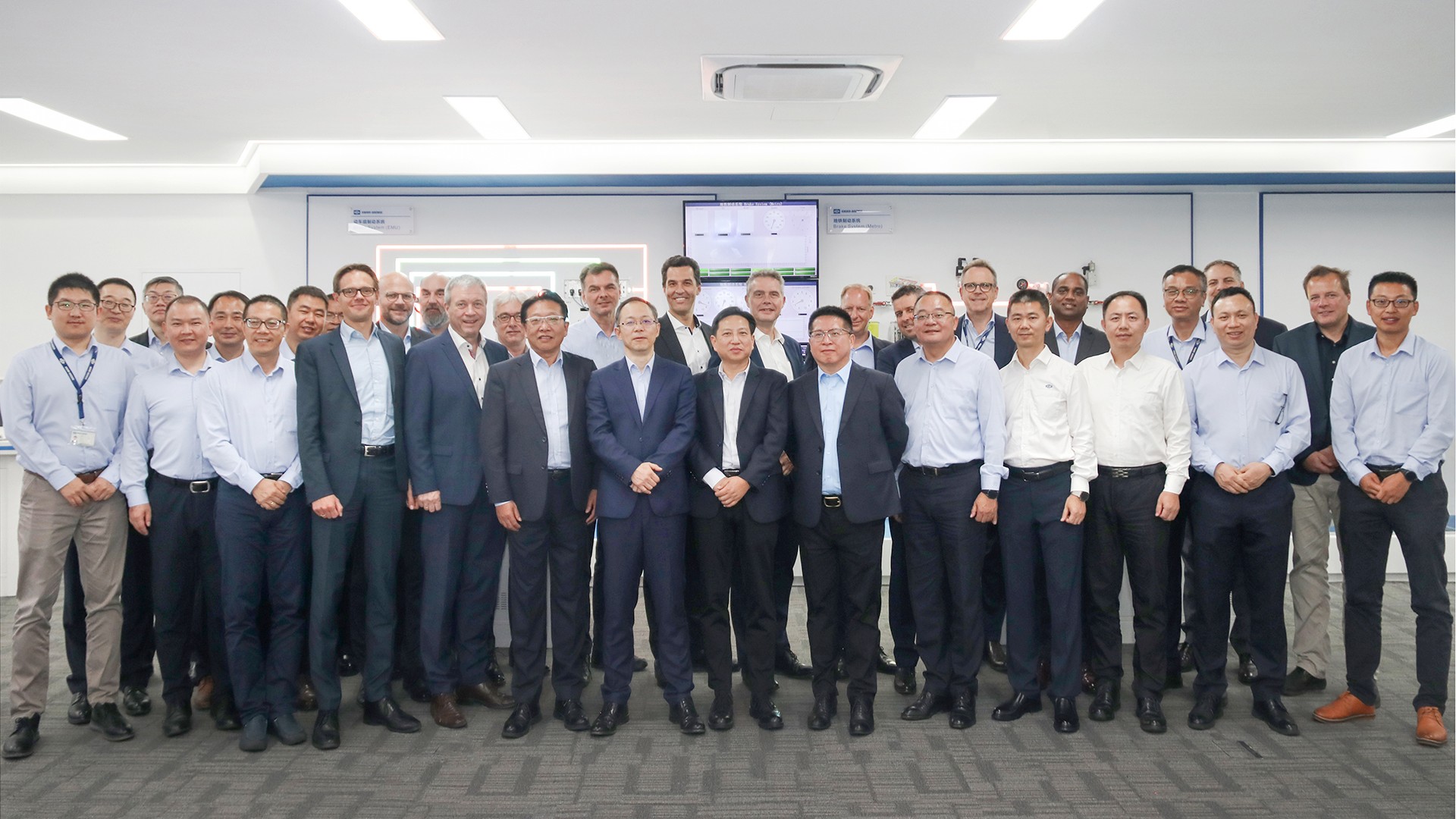
Who visits you in the Training Lab?
In our Training Lab, aside from customers, we’re also expecting to welcome dealers or employees taking part in our sales training courses, as well as representatives of Chinese transit and transportation agencies. We’re intending to gradually expand our portfolio so we can offer tailored learning sessions and training courses to existing and prospective customers in particular. For example, we’re currently working on concepts that will allow customers to gain a good understanding of the benefits of predictive and condition-based maintenance here at the Center. This is also drawing interest from rail industry experts outside China, in the Asia-Pacific region, because data-driven services can make a significant contribution to improving trains’ operational availability and punctuality. Looking ahead, we’re aiming to transform our Training Lab into a hub for presenting new products, expertise, services and “direct experiences” of our various offerings in the region.
What exactly do visitors see in the Training Lab?
Our aim is to present Knorr-Bremse’s entire product portfolio in the Training Lab, by which I mean hardware, software and services. As an R&D Center for braking technology, we started by exploiting our expertise in this area, as applied to both passenger and freight transportation. So for example, we’ll be presenting the latest generation of the intelligent air supply unit for braking systems – AirSupply Smart – and upgrading solutions for CCBIIe braking systems for locomotives here. We also want to introduce visitors to other safety-critical and/or mission-critical systems such as entrance or climate control systems, along with their latest features such as the LIFEDrive for entrance systems, or Merak’s various smart solutions for air distribution, filtration and purification.
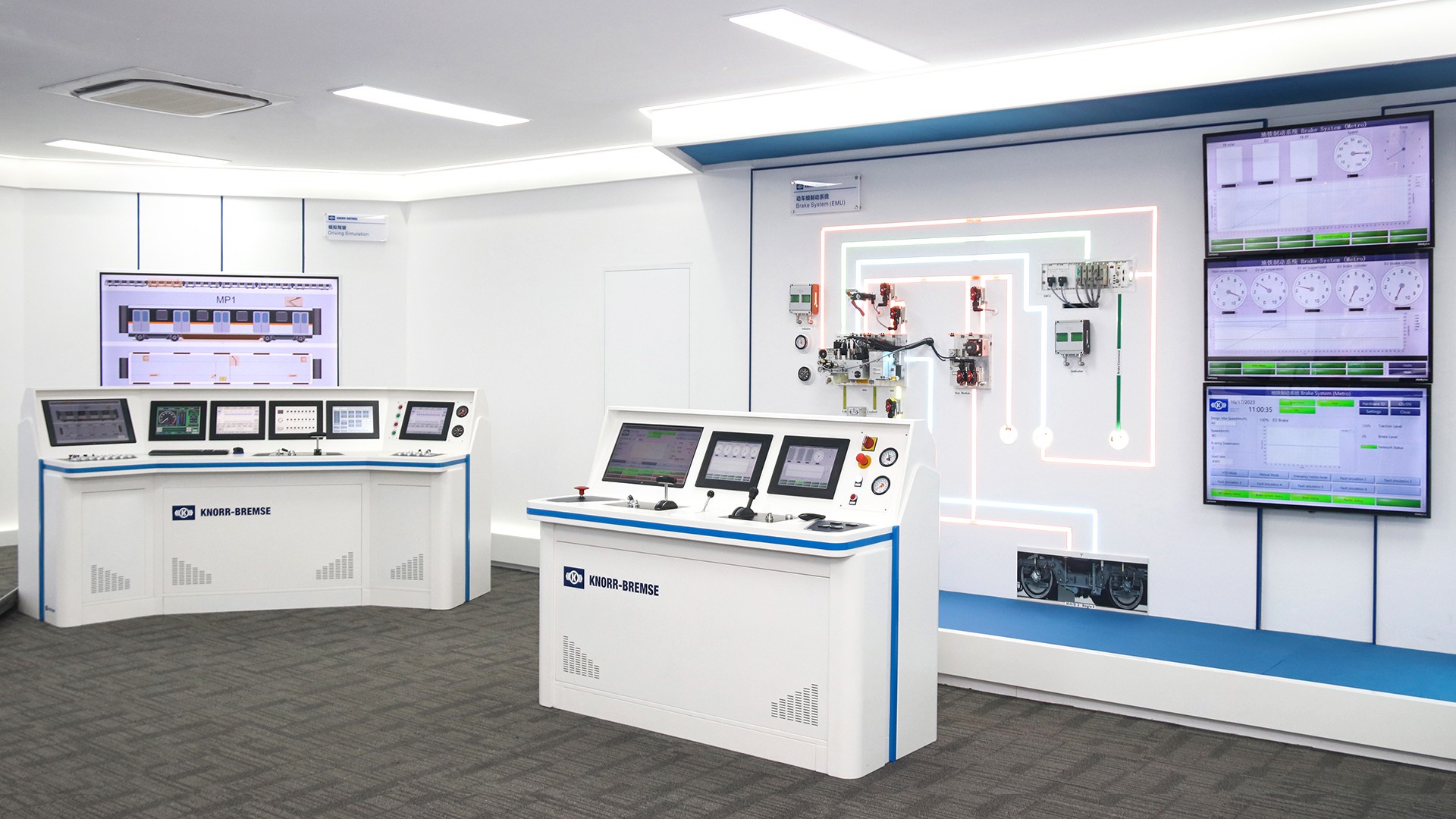
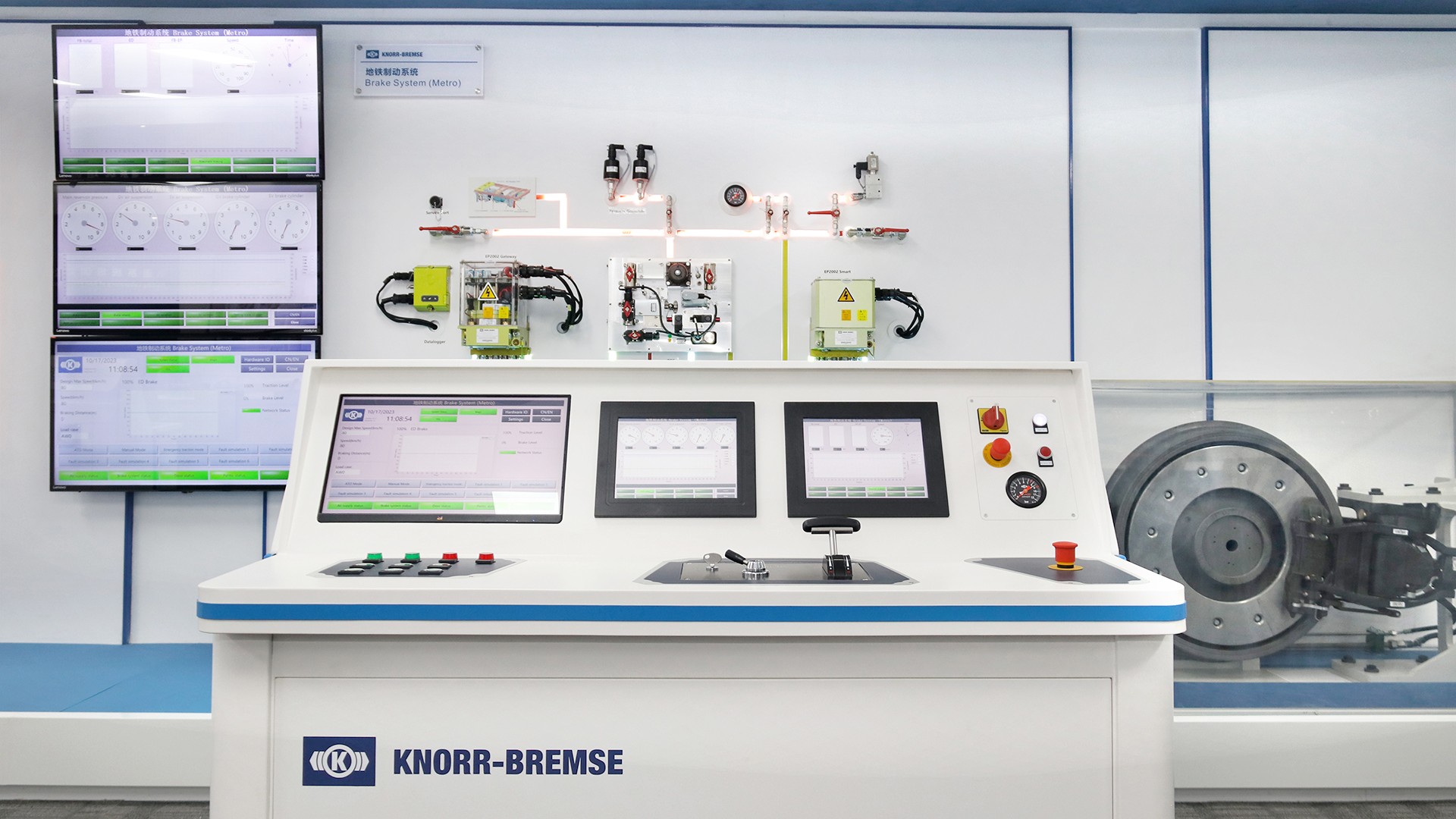
Which brings us to digitalization – how did you go about tackling this whole area?
Digitalization is a broad – and ongoing – subject of conversation! The key question here is: How do we generate added value which customers are willing to pay for? That’s why, quite apart from engineers, we need to focus on educating our customers’ managers in our training center. Managers and executives need to understand the benefits of digital solutions and how they can add value by overcoming managerial challenges. Consequently, we’re finding practical ways to make this digital technology visible. We’re doing this in close collaboration with the software department specializing in braking systems, because braking systems are full of sensors. This is where we see especially significant opportunities related to the condition-based maintenance I mentioned earlier. Optimizing maintenance cycles is one of the major challenges facing all Chinese operators, especially in the metro market.
So is condition-based maintenance a promising business model going forward?
We see major opportunities and business potential in CBM. With our expertise and digital solutions, we can predict the maintenance needs of individual components more and more precisely, even while they’re in operation. We’re confident that this will generate good, high-growth Rail business in the long term, which will offset any potential decline in sales of spare parts in the medium to long term. With respect to digital solutions for safety-critical systems like brakes in particular, we’re aiming to build ourselves a key position in the Chinese market, especially for metros and RailServices activities. This will enable us to stay one step ahead of the competition.
Which customers have been the first to use the Training Lab on a large scale?
We’ve devised a new training concept, along with several pilot projects, and now we’re looking forward to customer feedback. One of our first customers was the operator of the new metro system inLuo Yang; we’ll be training their drivers on our braking systems in the Training Lab. We’ll also be supporting Metro Shanghai with training courses. Providing training direct to operators in major Chinese cities makes sense, because they’re running extensive metro networks – some of them over 1,000 kilometers long – with enormous numbers of passengers. This means trains have to run very frequently, in some cases every 90 or 120 seconds. Our local trainers can immediately empathize with participants’ questions.
Could you describe one of your training courses for metro drivers in more detail?
How do you learn to drive a metro train? Well, you have a precise reproduction of the train’s control panel, plus a virtual depiction of the surrounding environment. The driver then starts his or her “virtual” train and follows instructions on how to accelerate or brake. We can also simulate – or respond to – emergency braking maneuvers or possible driver errors. Trains run by well-trained crews feel safer and more reliable in operation, something which passengers really appreciate.
Do you have a favorite exhibit in the Training Lab?
Our presentation of high-performance braking systems is very exciting! For many people – including industry experts – the details of how a rail vehicle braking system really works only become fully apparent, often for the first time, in our training center. The exhibit is positioned under a glass cover, so observers can see the precise moment at which power transfers take place – electronically, pneumatically or mechanically – and the resulting effect on braking actions. This helps them to understand the whole process of exactly how trains brake to a standstill. Visitors love this presentation – it isn’t abstract, it’s authentic.
China’s high-speed trains are famous – which is your favorite high-speed line?
That’s an easy one! The Suzhou-Beijing line, because my family lives in the capital. I travel back every Friday afternoon, and return to work in Suzhou on Monday morning – the trip takes just under four and a half hours. I remember the earlier night-train service on this line, which meant you only reached Beijing on Saturday morning. For me and countless other commuters, the Chinese high-speed connection – as well as Knorr-Bremse – have immeasurably improved our quality of life. It’s a great feeling; there’s nothing else quite like it.
Info
The Suzhou Training Lab at a glance
- Inauguration: October 2023
- Surface area: 200 m²
- Offers: technology demonstrations, test opportunities and training services
- Exhibits: braking, entrance and climate control systems, as well as signaling technology